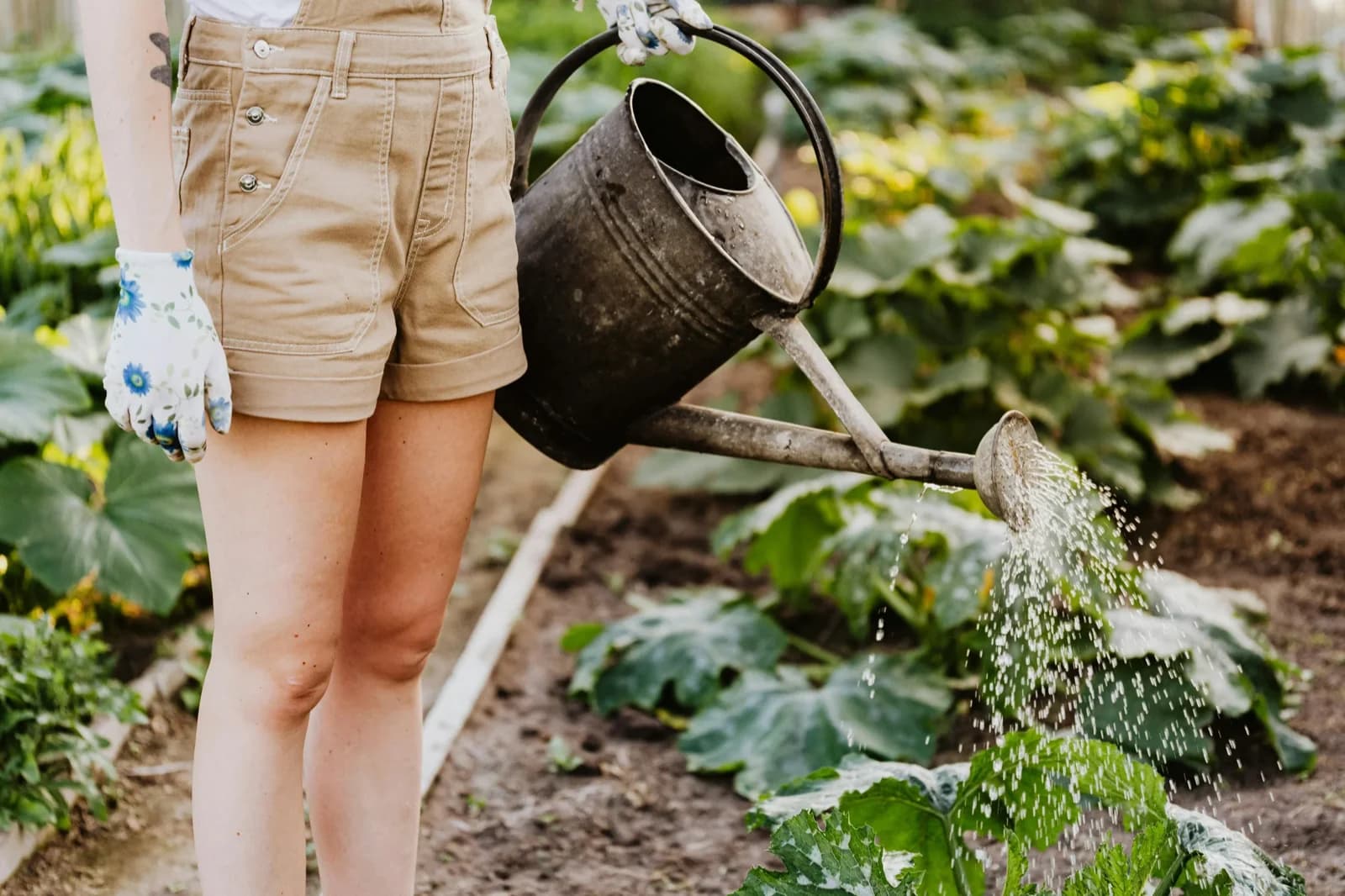Beyond the bloom: How AI is cultivating the future of foodscaping

The concept of the home garden is undergoing a delicious transformation. No longer confined to neat rows of vegetables tucked away in a corner, edible plants are taking center stage, artfully woven into the fabric of ornamental landscapes. This is foodscaping – a burgeoning trend that marries aesthetics with practicality, and it’s being supercharged by the power of Artificial Intelligence.
As we move further into 2025, the desire for sustainable living, fresh produce, and beautiful outdoor spaces is converging. AI garden design tools, like Gardenly , are empowering homeowners to create stunning foodscapes that are not only visually appealing but also highly productive and tailored to their specific environment.
The Rise of Foodscaping: Beauty Meets Bounty
Foodscaping is more than just planting a few tomato plants amongst your roses. It’s a thoughtful approach to landscape design that integrates edible plants – vegetables, fruits, herbs, and edible flowers – into traditional ornamental garden beds. The result? A garden that’s as productive as it is picturesque.
What’s driving the foodscaping movement?
- Desire for Fresh, Local Food: Growing concerns about food miles and a preference for organic, homegrown produce.
- Sustainability: Reducing reliance on store-bought food and creating more self-sufficient households.
- Space Optimization: Making the most of available garden space, especially in urban and suburban settings.
- Aesthetic Appeal: Edible plants can be incredibly beautiful, offering a wide range of colors, textures, and forms.
AI’s Role in Productive and Beautiful Foodscapes
Creating a successful foodscape requires careful planning. Factors like sunlight exposure, soil type, plant compatibility (companion planting), and ensuring a continuous harvest (succession planting) are crucial. This is where AI garden design tools are proving to be invaluable.
How AI optimizes foodscaping:
- Site Analysis: AI algorithms can analyze photos of your garden, assess sunlight patterns, and understand your microclimate to recommend the best edible plants for your specific conditions.
- Intelligent Plant Selection: Platforms like Gardenly suggest edible plants that not only thrive in your zone but also complement each other aesthetically and functionally.
- Optimized Layouts for Productivity: AI can help design layouts that maximize sunlight for sun-loving edibles while providing shade for those that prefer it, and arrange plants for optimal growth and pest deterrence through companion planting.
- Succession Planting Simplified: Get recommendations for staggering plantings to ensure a continuous harvest throughout the growing season.
- Visualizing Your Edible Oasis: See realistic renderings of how your foodscape will look, allowing you to experiment with different plant combinations and designs before you even break ground.
Designing for Beauty and Bounty: Tips for Stunning Foodscapes
With AI as your design partner, creating a foodscape that is both productive and visually stunning is easier than ever. Here are some tips:
- Think in Layers: Combine taller fruit trees or trellised vegetables with medium-sized shrubs (like blueberries or artichokes) and lower-growing herbs and leafy greens.
- Embrace Color and Texture: Don’t just think green! Incorporate colorful Swiss chard, purple kale, vibrant peppers, and a variety of edible flowers.
- Integrate Herbs: Many herbs are beautiful, attract beneficial insects, and can act as groundcover or edging plants. Think creeping thyme, vibrant rosemary, or feathery dill.
- Utilize Vertical Space: Grow vining plants like beans, peas, or cucumbers on trellises, arbors, or fences to add height and save space.
- Choose Edible Flowers: Nasturtiums, pansies, calendula, and borage not only add pops of color but are also delicious in salads or as garnishes.
(Fictional) Success Story: The Miller Family’s AI-Designed Urban Foodscape
The Millers, living in a townhouse with a small backyard, dreamed of growing their own food but felt overwhelmed by where to start. Using an AI garden design tool, they uploaded a photo of their compact space. The AI generated several foodscape designs, complete with plant lists optimized for their partial sun conditions and clay soil.
The chosen design featured vertical planters for strawberries and herbs, dwarf fruit trees in containers, and interplanted beds of colorful lettuces, kale, and edible flowers. The AI also provided a planting schedule. Within a season, the Millers transformed their small yard into a vibrant, productive oasis, harvesting fresh ingredients for their meals daily – a feat they previously thought impossible.
Getting Started with Your AI-Powered Foodscape
Ready to transform your garden into a beautiful and bountiful foodscape?
- Assess Your Space & Goals: Consider how much sun your garden gets and what types of edibles you’d love to grow.
- Leverage AI Design Tools: Use a platform like Gardenly to upload photos of your space. Explore different foodscape styles and get tailored plant recommendations.
- Start Small & Scale Up: You don’t have to convert your entire garden at once. Begin with one or two beds, or even a few containers.
- Focus on Soil Health: Healthy soil is the foundation of a productive foodscape. Amend your soil with compost and organic matter.
- Learn and Adapt: Gardening is a journey. Observe what thrives in your garden and make adjustments season by season.
The future of foodscaping is here, and it’s powered by intelligent technology that makes designing productive, beautiful edible landscapes accessible to everyone. By combining the wisdom of nature with the innovation of AI, you can cultivate a garden that not only delights the eye but also nourishes the body and soul.
Ready to explore the potential of your own edible oasis? AI garden design tools can help you visualize and plan a foodscape that perfectly fits your space and lifestyle.